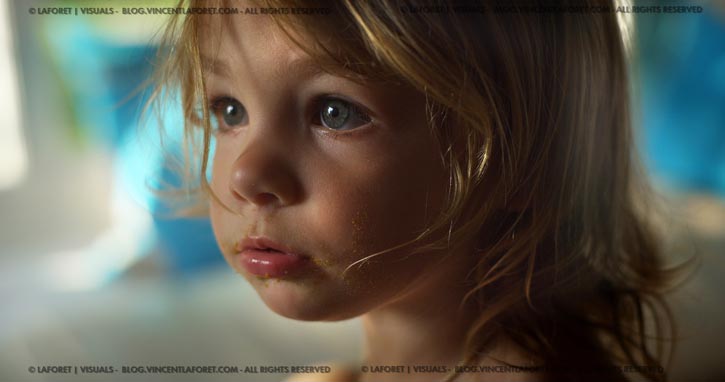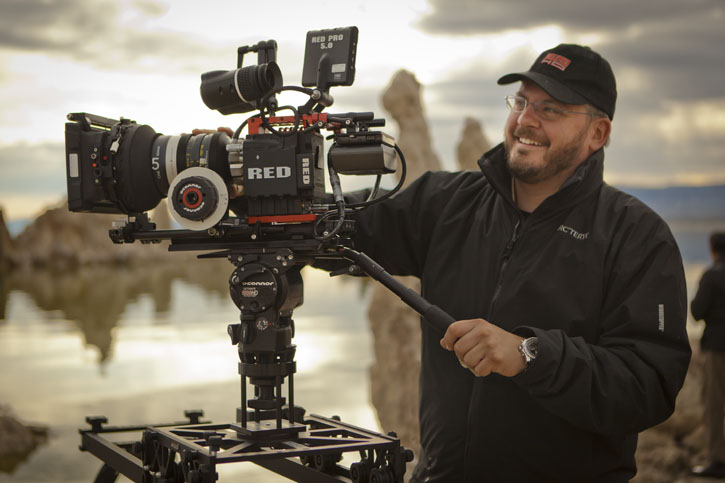 Go ahead and guess what camera was used to make this photograph in the comments above. It was made with a new camera that many photographers have not yet heard of… I suggest you click on the image above to see it at full resolution (and make sure you zoom in to 100%) Some of you will guess right away and already know about it… Others will be astonished when I reveal what camera shot this photograph. It’s a camera that has the potential to change things – radically. __________________________________________________________________________________________
Go ahead and guess what camera was used to make this photograph in the comments above. It was made with a new camera that many photographers have not yet heard of… I suggest you click on the image above to see it at full resolution (and make sure you zoom in to 100%) Some of you will guess right away and already know about it… Others will be astonished when I reveal what camera shot this photograph. It’s a camera that has the potential to change things – radically. __________________________________________________________________________________________
ANSWER: This image is actually a FRAME GRAB. It was not shot with a STILL camera but with the RED EPIC M digital cinema camera at 96 frames per second. For the techies: The image was made with a Zeiss Compact Prime 25mm f 2.9 , natural light, at T 2.9 , 1/200th of a second at 800 ASA in RED’s RAW R3D format – a RAW format similar to a CR2 or NEF (for Canon and Nikon users respectively.)
The camera’s "cinema" resolution is 5K – more than five times the resolution of your HD Television (see chart below)… Other than a quick color correction – no enhancement whatsoever has been made to this image. Perhaps just as importantly : there were 95 other frames that were shot EACH SECOND that I rolled on the camera… 95 other shots to choose from… shot handheld on a moving subject – not posed.
So why the big deal some might ask? First – I’ve been shooting with still cameras for 21 years. Second – I shot with some of the very first digital still cameras in 1996 (granted there were some that came out before that – but the Canon D2000 the first digital camera that was assigned to me at The New York Times in 1999 was one of the first viable digital cameras in the market… shooting a whopping 2 megapixels at 3.5 frame per second.) I’ve seen and used a majority of the digital cameras over the past 13 years – from the D2000 all the way to Phase One backs and the Hasselblad H4D-40 and seen some of the very BEST sensors… and some of the very WORST!
I’ve also worked with Apple and Adobe on how to best decode raw images… With that said, what I can tell you is: when I first got my hands on the RED Epic camera and started to shoot footage (especially footage at higher frame rates with faster shutter speeds that lead to very sharp still images) my jaw dropped. The last time my jaw dropped like that – was when I first saw video footage coming out of the Canon 5D MKII when I shot "Reverie" almost 3 years ago. I and many others at that time had never expected to see 1080p footage coming out of a still camera… let alone footage that looked like what we were seeing! (Footage that just 3 years later pales in comparison to what comes out of the Epic today.) The footage that I am seeing coming out of RED’s Epic is some of the most impressive footage I have seen – both in terms of latitude and resolution.
So much so that I thought that a frame grab was the best way to attest to that fact – as no internet video streaming system available today can come close to doing justice to the 5K video footage produced by this camera. (Notice the dynamic range in the frame grab above – pay PARTICULAR attention to the reflection in the girl’s pupil that is in focus, of the window’s outline – and how the camera holds detail in the shadows within the dark areas of the eye socket – yet also retains the highlight detail of the light source.) 
Some of you will ask: "Is this a GAME CHANGER?"
I’m going to stay away from that term. It’s been far too over used in the past few years anyway. I’m also going to stay away from making any claims or proclamations – but I will ask a few questions openly. What I CAN says is: this camera has made me think A LOT. And ask a lot of "big" questions… such as: "Does the challenge of capturing "THE DECISIVE MOMENT" still exist when you can capture a 14 megapixel image at 120 frames per second? " For someone who idolized Henri Cartier Bresson and worked on mastering the capture of that "decisive moment" for most of my career – it is not a question I ask lightly. "Are the days of the "still camera" numbered?"












